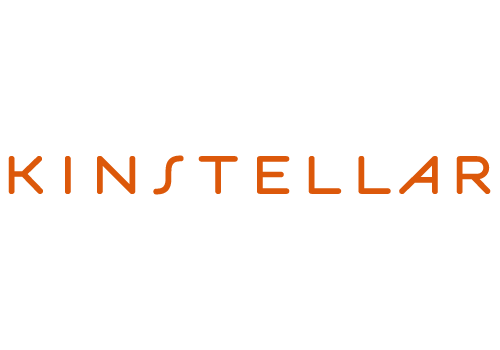AMC increases fines for competition law violations in Ukraine
A so-called Procedure for Determining the Amount of Fines Imposed for the Violation of Laws on the Protection of Economic Competition (the “Procedure”) issued by the Antimonopoly Committee of Ukraine (“AMC”) in 2023, and binding since 21 February 2024, has just come into force in Ukraine.
The Procedure replaces the earlier AMC Recommendations on the Calculation of Fines for the Violation of Ukrainian Competition Laws. The Procedure allows the AMC to impose significantly higher fines for competition law violations in Ukraine (the percentage imposed may range from 15% to 30% of the revenue on the relevant market depending on the given violation and circumstances). Indeed, we anticipate that the Ukrainian authority will now get tougher in terms of fines for competition law violations.
Legal analysts view this as an important step in Ukrainian competition law reform that ensures greater legal certainty and transparency, affecting the method of calculation of fines by the AMC, as well as defendants’ abilities to successfully challenge decisions issued by the AMC that have been found to be non-compliant with applicable procedures in Ukrainian courts. In recent years AMC practice saw a number of cases when the authority imposed severe fines on companies without giving any meaningful explanation regarding its approaches to the fining process. For example, in 2023 the AMC imposed several record-breaking fines of approximately EUR 648,000 for gun-jumping in merger cases both with and without competition concerns in Ukraine.
A new binding fining methodology for Ukrainian competition law violations
The main novelties of the Procedure are: (i) its application is mandatory for the AMC when deciding on the amount of a levied fine; and (ii) the AMC is obliged to justify the amount of the fine imposed in its respective decision.
When levying a fine, the AMC should:
- Determine the basic fine amount (the "basic fine") depending on the degree of negative impact on a case-by-case basis
- Adjust the basic fine amount factoring-in any mitigating and aggravating circumstances; and
- Determine the overall statutory cap for the given competition law violation (the "maximum fine")
1. Basic fine
The AMC determines the basic fine factoring-in (i) the need to seize any proceeds from the given competition law violation (if applicable), and (ii) ensuring a deterrent effect (as detailed further below).
New percentage thresholds for calculating the basic fine are as follows:
|
Competition law violations |
Minimum basic fine | Maximum basic fine |
|
≤ 30% of the revenue on the relevant market for the entire duration of the violation in question |
≈ 67% of the maximum fine (see step 3 below) |
|
≤ 30% of the concluded agreement / expected value of the bid |
|
|
≤ 30% of the revenue on the relevant market for the year preceding the fine, if the violation has led to dominance or the substantial impediment of competition or ≤ 15% of the revenue on the relevant market for the year preceding the fine, if the violation has not led to dominance or a substantial impediment of competition |
|
|
≤ 15% of the revenue on the relevant market for the entire duration of the violation in question | |
|
≈ 67% of the maximum fine (see step 3 below) |
|
Note: * In order to achieve a deterrent effect, for certain violations (anticompetitive concerted actions, bid-rigging, and abuse of dominance), the basic fine amount may be increased by:
- 15% to 25%, or
- a product of the basic fine amount and a coefficient calculated based on the discount rate of the National Bank of Ukraine.
2. Mitigating and aggravating factors
The basic fine may be reduced or increased further by the AMC based on any mitigating or aggravating factors.
Mitigating factors
The AMC may reduce a basic fine where:
- voluntary termination of a violation occurs before the AMC issues its preliminary findings on the given case;
- compensation for damage or another remediation of the consequences of the violation occurs before the AMC adopts a decision in the case;
- non-compliance by the participant of the concerted actions with the applicable terms and the existence of evidence that the company competed in the market during the period when the violation continued;
- cooperation with the AMC;
- committing a violation under pressure from a public authority;
- applying for a merger clearance before the AMC initiates proceedings; and/or
- taking actions aimed at mitigating the negative consequences of the given violation.
Moreover, in certain exceptional circumstances, i.e. a force majeure event and/or the uncovering of evidence that imposition of the fine in the proposed amount will lead to bankruptcy, liquidation, cessation of the sale (purchase) of goods on the market, the authority may further reduce the basic fine.
Aggravating factors
|
Factor |
Impact |
|
up to 1.5-fold increase |
|
|
|
|
|
0,01-2-fold increase |
Additionally, in order to achieve a maximum deterrent effect, the AMC may further increase the adjusted basic fine (within the limits of maximum fine as described below) if:
- the illegally obtained revenue exceeds the amount of the adjusted basic fine;
- the violation resulted or could have resulted in a significant restriction of competition, or significant losses by other market players and/or consumers on certain strategic markets of Ukraine (e.g., national defence and security);
- the proceeds from the violation do not exceed 1% of the company's total revenues for the year preceding the year in which the fine is to be imposed; and/or
- the amount of illegally obtained revenues exceed 10% of the company's worldwide turnover in the previous accounting year preceding the year in which the fine is to be imposed.
3. Maximum fine
The applicable levied fine may not exceed an overall statutory cap calculated as the percentage of annual aggregate worldwide turnover (including Ukraine) of the infringer’s group of companies, e.g.:
- 1% for procedural infringements;
- 5% for gun-jumping infringements; and
- 10% for cartels or abuse of a dominant position.
In such cases, worldwide turnover is determined based on:
- documented information provided by the defendant; and
- financial statements (prevails).
Contacts
Those needing more detailed guidelines on leniency, or seeking to receive special training in this respect, please contact:
- Olexander Martinenko, Partner, Head of Dispute Resolution, olexander.martinenko@kinstellar.com
- Yulia Eismont, Counsel, Competition & State Aid, yulia.eismont@kinstellar.com
- Olena Tsygulska, Associate, Competition & State Aid, olena.tsygulska@kinstellar.com



